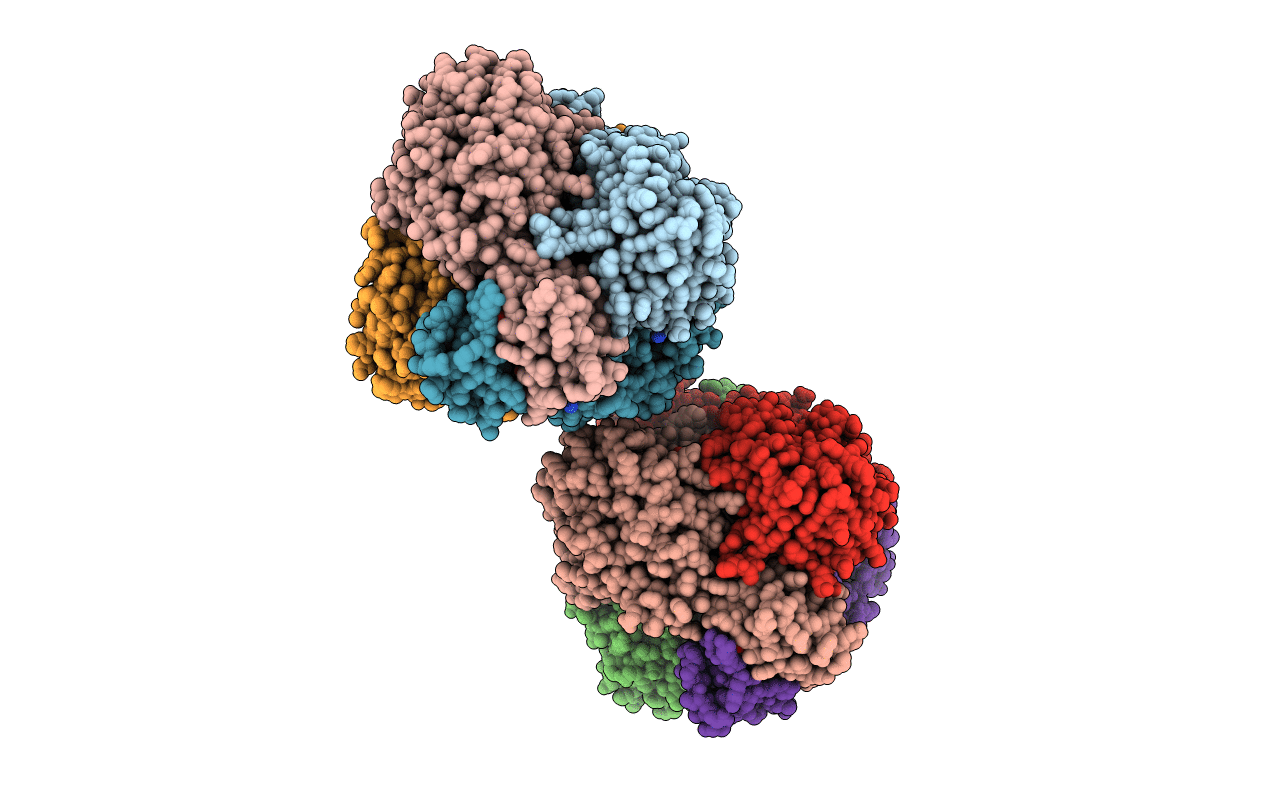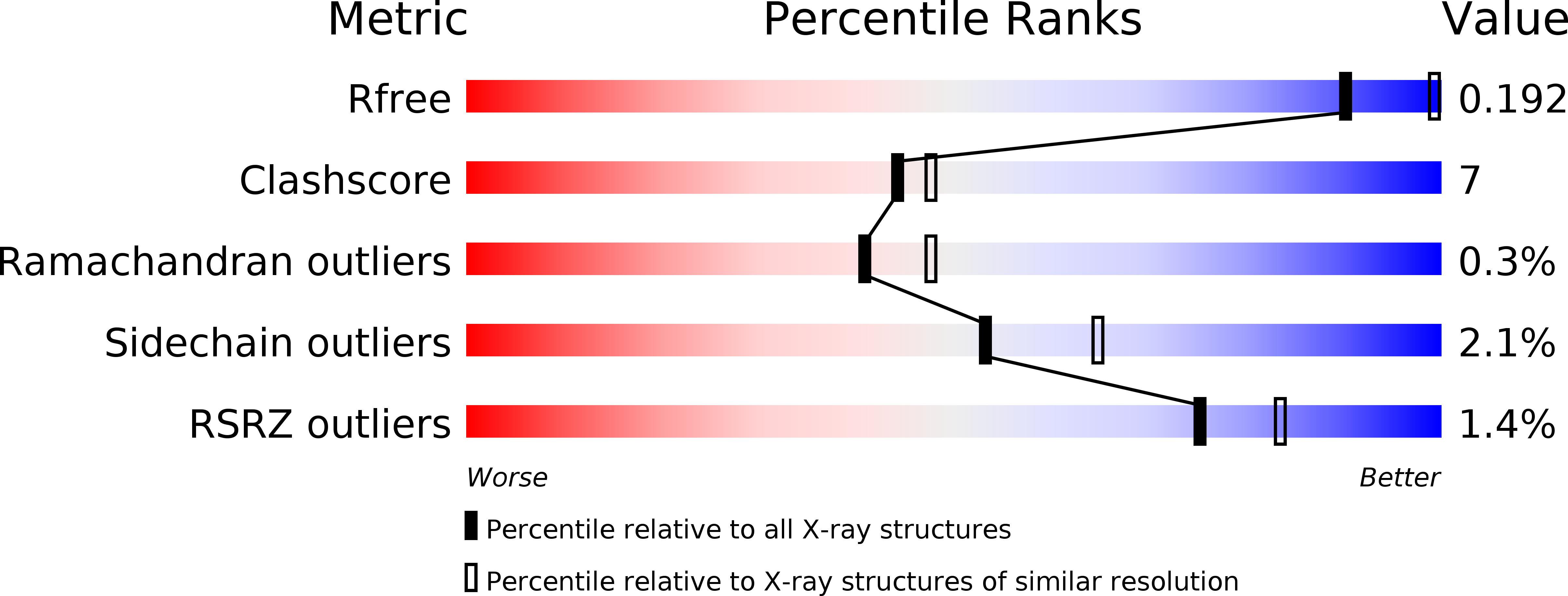
Deposition Date
2010-10-31
Release Date
2011-01-26
Last Version Date
2023-11-01
Entry Detail
PDB ID:
3PG9
Keywords:
Title:
Thermotoga maritima DAH7P synthase in complex with inhibitor
Biological Source:
Source Organism:
Thermotoga maritima (Taxon ID: 2336)
Host Organism:
Method Details:
Experimental Method:
Resolution:
2.35 Å
R-Value Free:
0.22
R-Value Work:
0.17
R-Value Observed:
0.17
Space Group:
P 1 21 1


